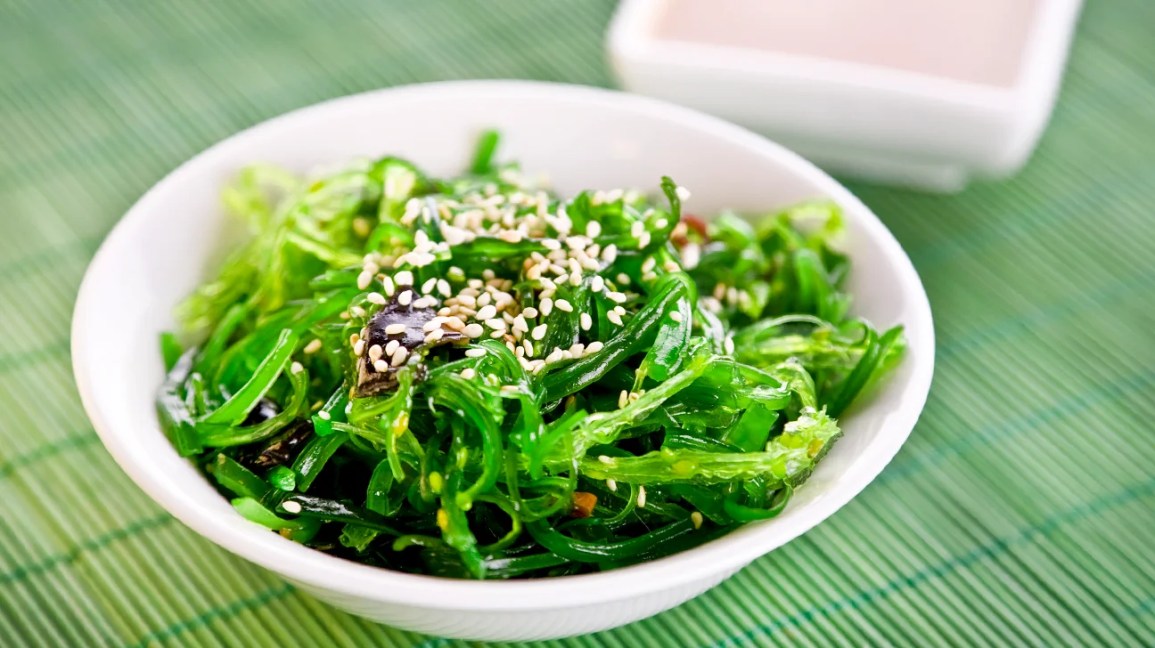Grapeseed oil, as its name implies, is a cooking oil made from the seeds of grapes. Normally, the grapes utilized are those leftover from the procedure of wine making.
Grapeseed oil is obtained from white wine grapes, it has a neutral (not fruity) taste and light color. Its fairly high smoke point of 420 degrees Fahrenheit makes it a versatile option for higher-heat cooking approaches like barbecuing and sautéeing, and thanks to its neutral flavor, it can easily be used in baking or as a dressing for salads and pasta.
Some studies suggest that grapeseed oil can be used topically for skin and hair benefits. Plus, its high content mono- and polyunsaturated fats make it a more heart-healthy oil compared with those high in saturated or trans fat. For a special alternative the usual vegetable oils, grapeseed oil can be a part of a healthy diet plan.
Grapeseed Oil Nutrition Facts
The following nutrition info for 1 tablespoon (15 ml) of grapeseed oil has been supplied by the USDA.1.
Calories: 120.
Fat: 14g.
Salt: 0mg.
Carbohydrates: 0g.
Fiber: 0g.
Sugar: 0g.
Protein: 0g.
Carbohydrates.
Even though grapes have carbohydrates, the only macronutrient grapeseed oil includes is fat.
Fats.
Grapeseed oil’s 120 calories per tablespoon all originated from fat. Its saturated fat is quite low compared to many other oils, at simply 10{3ce0ad748aa90072994365178fd728c9d7c9d879343909fd1337f07a6240cc7d} of its overall. (One tablespoon includes 1.5 grams of saturated fat, or 8{3ce0ad748aa90072994365178fd728c9d7c9d879343909fd1337f07a6240cc7d} of the Daily Value.).
The staying fatty acids in grapeseed oil are about 18{3ce0ad748aa90072994365178fd728c9d7c9d879343909fd1337f07a6240cc7d} monounsaturated and 70{3ce0ad748aa90072994365178fd728c9d7c9d879343909fd1337f07a6240cc7d} polyunsaturated. While omega-6 fatty acids are thought about a more heart-friendly fat, some research does suggest a diet plan high in omega-6s may increase inflammation.
Protein.
Again, grapeseed oil is pure fat, meaning it includes no protein.
Vitamins and Minerals.
Considering that it’s typically marketed as a health food, you may expect grapeseed oil to be breaking with vitamins and minerals. Instead, the majority of its health benefits come from this oil’s unsaturated fat content.
One tablespoon of grapeseed oil can include anywhere from tiny traces of vitamin E to about 8 mg,2 or 53{3ce0ad748aa90072994365178fd728c9d7c9d879343909fd1337f07a6240cc7d} of the RDA.3.
The amount of vitamin E in any offered batch of the oil depends on the cultivar of grape utilized and environmental conditions throughout its development.
Furthermore, grapeseed oil might contain specific antioxidant phenolic substances, such as flavonoids, carotenoids, and tannins. These will also vary by brand name and extraction method.
Health Benefits.
There are a number of health advantages of grapeseed oil consisting of improved heart health, skin health, and healing properties.
Heart Health.
For heart health, it’s finest to replace saturated fats with unsaturated fats– and grapeseed oil is definitely high in so-called PUFAs (polyunsaturated fatty acids). Compared to high-saturated fat choices like butter or shortening, grapeseed oil is by far a better cooking oil for your cardiovascular system.
May Smooth and Hydrate Skin.
Beyond its benefits in edible type, grapeseed oil may also offer benefits when used topically. Some research4 suggests that its fats can increase hydration in the skin and minimize roughness and scaling.
May Promote Wound Healing.
Omega-6 fats, such as the linoleic acid in grapeseed oil, are known for their function in the healing of injuries. According to a 2018 evaluation,5 consuming linoleic acid might help accelerate tissue repair work.
Might Have Antimicrobial Activity.
More studies are needed to determine grapeseed oil’s antimicrobial results, however limited research6 has actually shown it might kill some pathogens. This likely has to do with the oil’s phenolic compounds, like reservatrol, which can hinder the growth of germs like Staphylococcus aureus and Escherichia coli.
Ideal for Many Special Diets.
As a single-ingredient, non-allergen food, grapeseed oil is suitable for a variety of special diet plans. Without any sodium, gluten, dairy, protein, carbs, or animal products, you can confidently include it in gluten-free, dairy-free, low-carb, and vegan eating plans.

Allergies.
Grapeseed oil is not known to be an irritant food.
Unfavorable Effects.
Grapeseed oil’s content of omega-6 fatty acids is a point of debate. Research7.
Dietary linoleic acid consumption and blood inflammatory markers: a systematic review and meta-analysis of randomized controlled trials. Food Funct.
seems to show that the linoleic acid in grapeseed oil does not enhance inflammation, some studies8 have actually raised concern that a diet high in omega-6 might increase the threat of various persistent illness, like rheumatoid arthritis, inflammatory bowel disease, and cardiovascular disease. It is important to note the main concern in over omega-6s is from those found in processed or fried foods.
Rather, numerous nutrition professionals suggest concentrating on the ratio of omega-6 to omega-3 in the diet plan as the more vital factor for optimal health.
Because the basic American diet tends to skew towards more omega-6 fats,9 consuming foods with greater omega-3 material, such as fatty fish or chia seeds, alongside grapeseed oil can help balance this out.
Ranges.
Unlike white wines, which are available in every range under the sun, grapeseed oils are produced in just two main categories:.
Cold-pressed: In cold pushing, oil is extracted from grape seeds mechanically, without heat or chemicals. This procedure maintains the nutrient content of the oil, so it normally brings a higher price.
Solvent-extracted: Uses heat and a chemical solvent, like petroleum distillate, to release oil from grape seeds. This might change taste and degrade nutrients rather, however results in a less expensive product.
You may also discover some grapeseed oils sold in blends with avocado, olive, or other oils. The addition of alternative oils to grapeseed will naturally modification its composition, smoke point, and nutrition which might or might not be an advantage. If 100{3ce0ad748aa90072994365178fd728c9d7c9d879343909fd1337f07a6240cc7d} pure grapeseed is what you’re after, be sure to inspect component labels carefully.
When It’s Best.
Grapeseed oil is offered year-round, so there’s no one time when it’s finest.
Storage and Food Safety.
Oils rich in polyunsaturated fats, like grapeseed oil, are the most prone to oxidation– the process of destruction from direct exposure to light, heat, and oxygen.
For that reason, it’s important to keep grapeseed oil securely sealed in a cool, dark location, such as your pantry. If you’re unlikely to utilize much of it within about six months, acquire the oil in small quantities. Never ever reuse cooked grapeseed oil.



